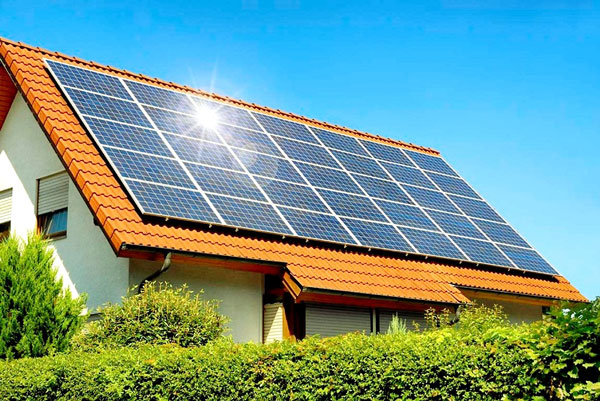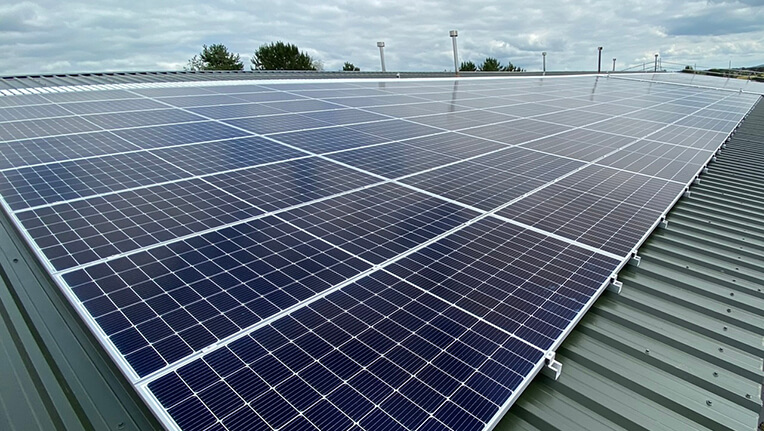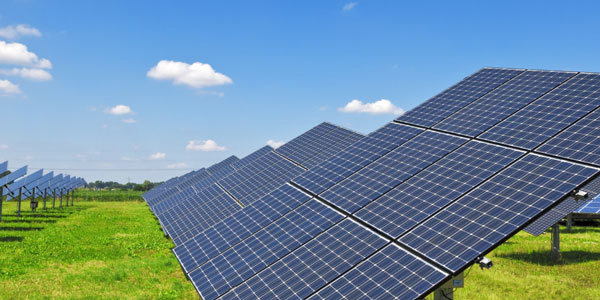Mini solar panels can charge devices, power lights and appliances, support remote living, integrate with security systems, and provide emergency backup
Charge Portable Electronic Devices
The mini solar panels are the resource of utmost importance for portable electronic devices to charge and very useful and important for the most part for the people who collect from the outside, who is in deserted areas. The BoxPower Units are small, compact solar systems ready to power everything from a water pump to an entire portable office.
Capacity Charging Explained
The mini solar panels are generally 5-20-watt capacity panels. That in itself is plenty to satisfy the charging requirements of virtually all handheld electronics like smartphones, tablets, cameras, and GPS units. For instance, a 15-watt panel is capable of charging a typical smartphone from 0% to 100% in around 2 to 3 hours if you get enough sunlight. Charging time can vary similarly depending on the battery size in the particular device and the strength of the sunlight.
Optimizing Sunlight Exposure
The power production of a mini solar plate is entirely optional on just how much sun it may obtain. These panels contain automatic glare systems which in turn helps in capturing maximum light Output. Additionally, things like adjustable stands or rotating bases may also allow you to make sure your panel is aimed in the optimum way to best capture sunlight throughout the day. This will significantly improve the ability of the panel to charge, so be sure to keep this in mind and plan your power savings accordingly because you dont want to end up using all your power at night.
Portable Design Features
Miniature solar panels are made expressly for outdoor use, with manufacturers having thought through every design detail before hand. The other feature many models offer is that they can fold up to be compact, which protects the cells when being moved. Most materials are of light-weight constructions that typically offer water-resistant and dust-proof characteristics. Their heavy-duty construction makes them tough enough to weather different environmental conditions, from desert heat to mountain cold.
Linking Power Storage Devices to the System
For added convenience, lots of mini solar panels do come with a build-in battery or the possibility to interface with external power banks. This facility is used to store energy that is not needed during the day and can be used later, even if there is no direct sunlight. For example, you can charge a power bank during the day, and use it to refill all your devices during the night, or on cloudy days.
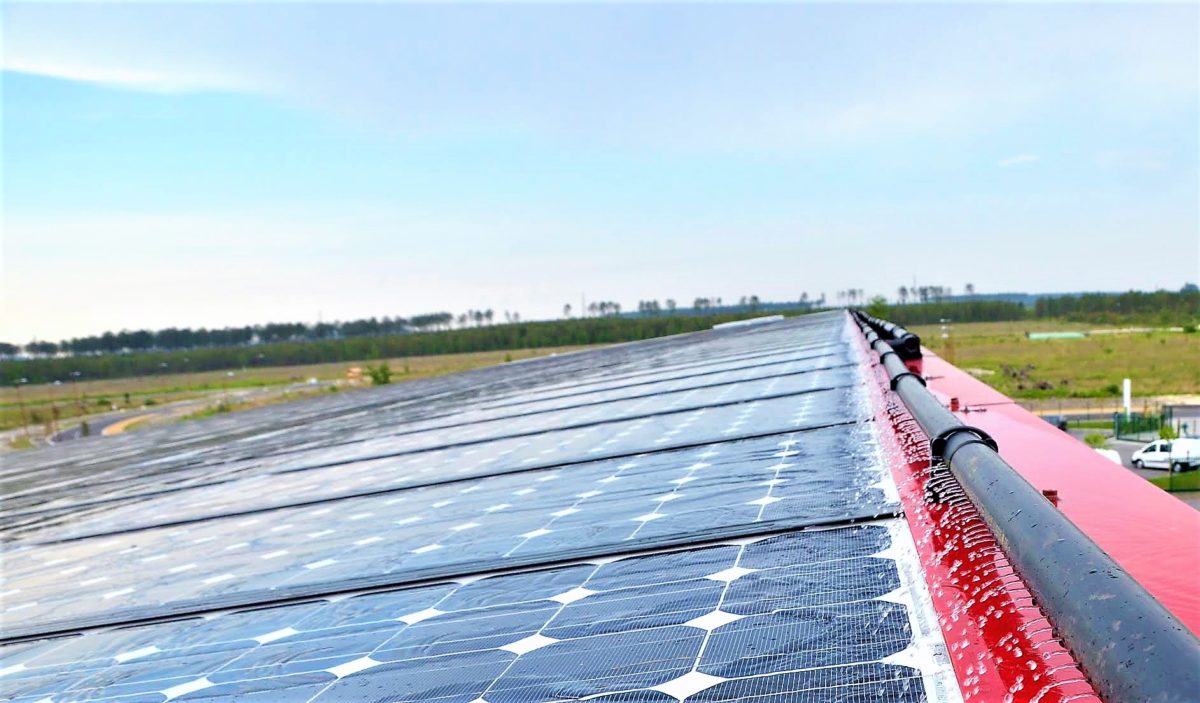
Power Outdoor Lighting Systems
The solar revolution Solar has asserted itself over the years as a completely green and environment-friendly energy source which are boast very low operational and maintenance costs And because it has definitely become part and a parcel of our day-to-day life, it a turn of event when mini solar panels were introduced in the market to power outdoor lighting systems, Read more... Swan LED solar lights are perfect for garden paths, public park and private gardens where required electrical cabling unnecessarily costly and even could hard to get.
Key Components and Setup
The typical design of the mini solar panel to power outdoor lights includes the solar panel itself, batteries that can be recharged, charge controller to regulate the charge and the light fixtures themselves. As an example, a single 10-watt mini solar panel is often all it takes to feed a few of sub-watt LED garden lights. Whilst it is daylight, the solar panel charges a battery that will supply the lights when the sun goes down. Proper charge controllers keep the battery from charging when there is not enough sun and protect the batteries from overcharging saving the batteries from short lifecycles.
Reduced Energy Usage and Greener Operation
Solar panels and outdoor lighting can lead to massive savings in energy consumption. Similarly, replacing conventional electric garden lighting for solar-powered fixtures can save the average family up to 100 kilowatt hours of electricity useper year Reducing the consumption of energy simultaneously helps in reducing monthly electricity bills, and lowering carbon emissions contributing to the environment sustainability.
Installation Flexibility
There is a huge reason which telling us that the flexibility of mini solar panels is crucial. While traditional lighting requires a connection with electrical sources and the need for numerous wiring, the installation of solar outdoor lights can be done practically anywhere which is able to receive direct sunlight. This proves especially practical in areas of a garden or park that is far-off, which require an external power source to conduit and wire.
Durability and Maintenance
Outdoor lights that use mini solar panels are able to withstand the hottest days of summer and the coldest days of winter, making them an ideal solution for home and garden lighting. Of course, you can afford to have solar panels with the same weather-resilience features of longevity and continuous performance. They are incredibly low maintenance, needing only the very occasional clean to prevent dust and other debris clouding the solar panel and absorb all the natural light.
Power Small Appliances
Mini solar panels are used for a wide variety of small portable applications such as flash lights, power packs, fans etc these products are used to charge devices at all times in adverse conditions where continuous power supply is impossible. This way, solar technology overcomes some limitations and goes all the way to even powering devices like fans, radios as well as a small refrigerator.Connection Between Solar Panel and Appliance
A mini solar panel must be the right wattage and voltage if you plan to use it to power small appliance. Well, a regular small fan could require 15 watts. While a small solar panel (20 watts) placed where continuous sunlight is available, can run the fan, and at the same time charge a small battery for overnight hours operation.Energy Conversion and Storage
Energy harvesting, nothing more than process of converting the solar energy captured by the panel into electrical energy, which could be used directly by the appliance or stored in a battery for afterwards usage. The addition of a charge controller allows the battery to be charged more efficiently and prevents the battery from being overcharged which can prolong the life and run of the battery.Common Use & Performance Framework
Mini solar panels for remote temperature maintenance applications, such as the cooling of medication in health clinics. For example, a 50-watt solar panel hooked up to a small medical refrigerator can save vital medications and vaccines at the correct temperature in areas lacking dependable electricity.Advantages of off-grid power solutions
In particular the mini solar panels for small appliances are preferred in the remote or off-grid areas. These are places where being able to power basic appliances independently of a central electricity grid could make a massive difference to the quality of life. Solar energy offers a zero-emission, sustainable, and affordable energy solution making access to electricity available and easy for people living in these regions.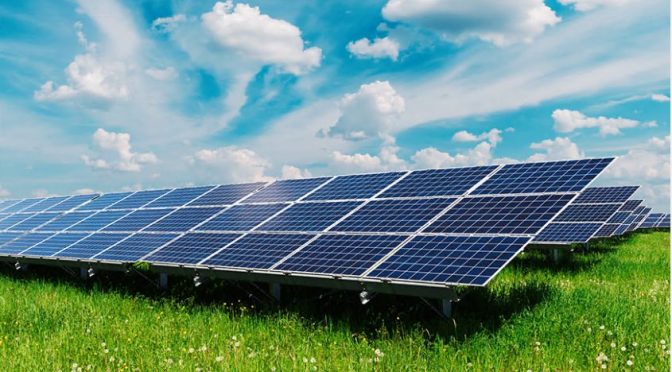
Support Remote Areas and Off-Grid Living
Given the fact that little or no power infrastructure (e.g., traditional grid utilities) exists in remote or off-grid areas, mini solar panels are indispensable in providing energy solutions. These regions can gain tremendous independence which solar power provides by increasing quality of life and giving birth to sustainable development.An Off-Grid Solar System has the Following Parts
Typically, an off-grid solar system comprises of mini solar panels, a battery bank, a charge controller and inverter. Since it is user-defined based on the energy usage of the user, the system capacity varies typically with panels that have 50-100 watts. An example of this kind of setup would include a 50-watt solar panel, a deep-cycle battery, a 10-ampere charge controller, and possibly a small inverter for converting DC electricity to AC, all of which might be just right for some modest power needs around the home.Impact on Rural Development
It has been mini solar panels that have made a huge change in the lives of those living in the rural areas by providing light, cell phone charging, or running a small appliance. People in rural areas of, say, sub-Saharan Africa, use solar-powered lighting systems in place of harmful kerosene lamps, saving lives and money. This will NOT only improve o=the health outcomes but also extend an additional few hours into the night for studying and it also means an extra time in the evening for commerce (small scale).Implementation status
Elsewhere, in the Himalaya or on some isolated Pacific islands, mini-solar panels provide energy for entire communities for running of schools, medical clinics, and even for water purification. In Nepal, for instance, solar panels have been fitted in a few far flung schools there, which have now access to digital learning tools and internet, essential for educational development.Sustainability and Environment Benefits
Using solar power for electricity in remote sites cuts the need of diesel generators which are expensive and damaging to the environment. It acts as a clean non-renewable source which reduces the disadvantage of carbon emission and also it can be a great tool towards environmental sustainability.Integrate With Home Security Systems
A common way to keep home security systems powered up is with mini solar panels, which provide an effective solution that's friendly to both the environment and your peace of mind. This feature is particularly useful for systems installed in regions or locations traditionally prone to poor power quality or access to power.
Parts of a Solar Powered Security Cameras
The exact components of a solar-powered security system can vary - but one generally consists of a mini solar panel (or multiple), a battery storage unit, a charge controller, and the security devices (cameras, motion sensors, etc.). For security, allow a 30-watt solar panel combines with 12-volt battery to operate security cameras and lighting around the clock, in a standard configuration.
Installation Process
Once the installation site for the solar-powered security system is identified, ensuring the solar panels receive as much exposure to the sun as possible is the first step. The panels should be installed in such a manner that they receive the maximum sunlight, which in the Northern Hemisphere is usually south facing. After that, the panels are to be connected to a charge controller, which keeps the power going to the battery from overcharging it, so that the battery stays healthy for a long time.
Real-World Applications
Solar-powered security cameras are widespread in residential settings. The best benefit is that these cameras do not need power from the power supplying network of the house, which is very important when the power is cut or if the burglars disrupts the power lines. A California based business for example stated that with their solar powered cameras that they implemented, their reliance on grid power was minimized along with an improvement of system reliability and specifically during local blackouts.
Benefits against existing systems
Solar powered security systems are also better suited for some homes without electricity at all compared to a wired system. Apart from the simplicity and lower cost of installation, as they require no extensive wiring, they are also said to be environmentally friendly. Electricity consumption is reduced, and an option that is more ecologically healthy, as it relies on renewable energy, is offered. In addition, the autonomous ability of solar-driven systems make people feel secure since they can work even if main power is cut out.

